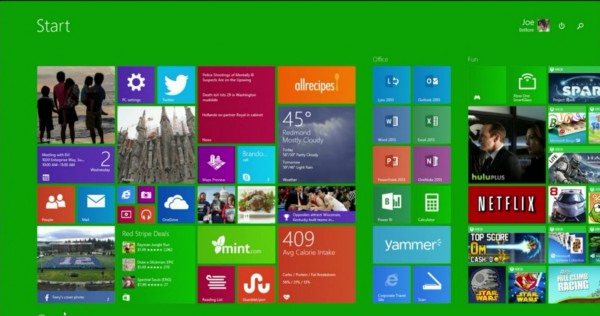Upgrade nag screens coming to Windows 8.1

Microsoft took a huge gamble with Windows 8, betting big that touch screens would replace the mouse as the primary way of interacting with the operating system. The company replaced the Start menu with a Start screen, which a LOT of people hated. It was one of the main reasons Microsoft's attempt at reinventing Windows flopped so badly.
With Windows 8.1, the software giant reintroduced the Start menu, and made a number of other changes that made it more acceptable to users, but even so, few people will list that OS among their all-time favorites.
SEE ALSO: Microsoft retires Internet Explorer after 27 years -- here's what happens next
That said, there are still quite a few people and organizations running Windows 8.1 who feel no pressing urge to move up to Windows 10 or Windows 11. However, Microsoft is planning to 'encourage' those users to reconsider, by introducing nag screens which will point out that Windows 8.1 will cease to be supported from January 10, 2023.
Windows 7 was hugely popular and despite Microsoft’s best efforts, many users refused to make the switch to Windows 10 even when end of life for the aging OS was looming ever nearer. As a result the company took steps to offer extended support for Windows 7, way past what it originally intended (Windows 7 ESU support is actually set to end at the same time as Windows 8.1 support).
Microsoft has already said that it won’t be taking the same route and offering extended support for Windows 8.1, stating:
Microsoft will not be offering an Extended Security Update (ESU) program for Windows 8.1. Continuing to use Windows 8.1 after January 10, 2023 may increase an organization’s exposure to security risks or impact its ability to meet compliance obligations.
In a bid to rush people off Windows 8.1, Microsoft has three suggestions for what you should do if you’re currently still using that OS. I’ll bet you can guess what these are, and the order they are presented in:
- Buy a new PC with Windows 11 (recommended).
- Install Windows 11 on the current PC (if compatible).
- Install Windows 10 on the current PC.
